In the absence of Australian federal climate leadership, states, territories, cities and towns are getting on with it, and international action on climate change is forging ahead.
Here are just five examples of climate action happening right now:
1. State and territory governments are stepping up.
In South Australia, home to one of the world’s largest lithium-ion battery storage systems, almost 45% of the state’s energy came from renewable sources in 2017. And – in just two years’ time – the Australian Capital Territory will acquire 100% of its energy from renewable sources, while Victoria, Queensland, the Northern Territory and Tasmania have strong renewable energy targets in place. With states and territories continuing to take the lead on renewable energy targets, the transition to clean power will continue, regardless of what happens at a federal level.
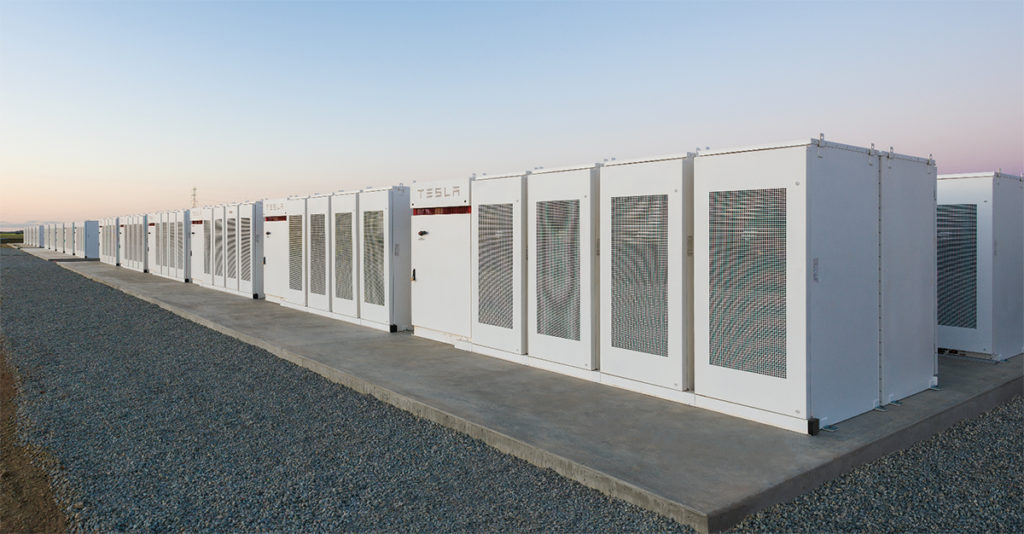
2. Local action is where it’s at.
70 local governments, 250 towns and cities representing 8 million Australians, form what is now the largest climate program for local governments in Australia: the Climate Council’s Cities Power Partnership (CPP). Through the Partnership, local councils are committing to driving local solutions on climate change, such as Darebin, which has pledged to install 440kW of solar PV on council buildings over the next five years, and Albury, which is helping residents, including renters, to band together and invest in community renewable energy projects. In the void of federal climate and energy inaction, local towns and cities are the true trailblazers.
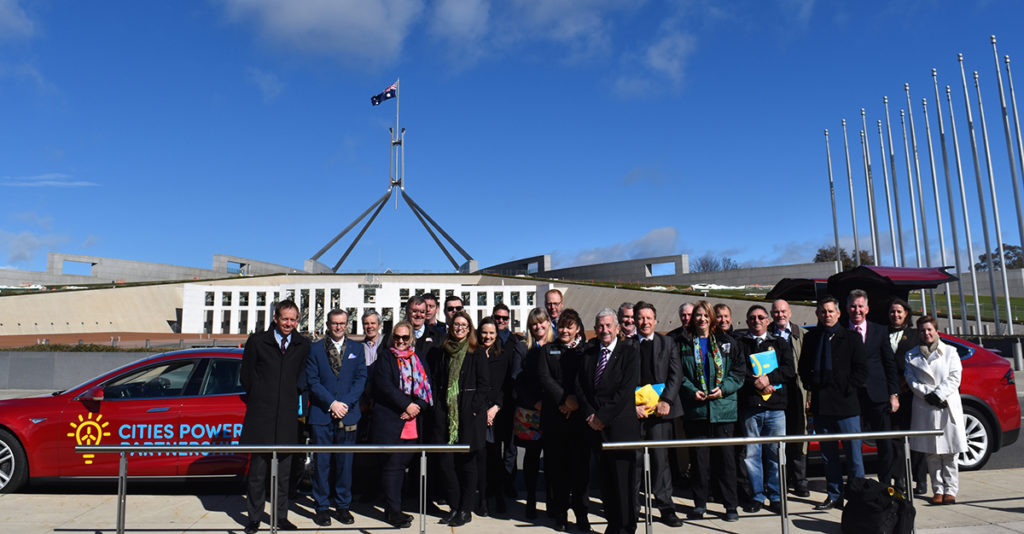
Want more examples of positive climate action? Sign up to our mailing list today to be the first to receive our latest work, invitations to forums and special events, and to find out how you can get involved in our campaigns.
3. Global investment in renewable energy continues to increase every year.
With renewables like wind and solar attracting more than twice as much investment than new fossil fuel and nuclear capacity combined, renewable power capacity investment was at an all-time high in 2017. This global renewable energy boom shows no signs of slowing down (1), while the price of solar and wind power continues to plummet (2). Better still, 140 of the world’s largest companies are committed to 100% renewable energy (3).
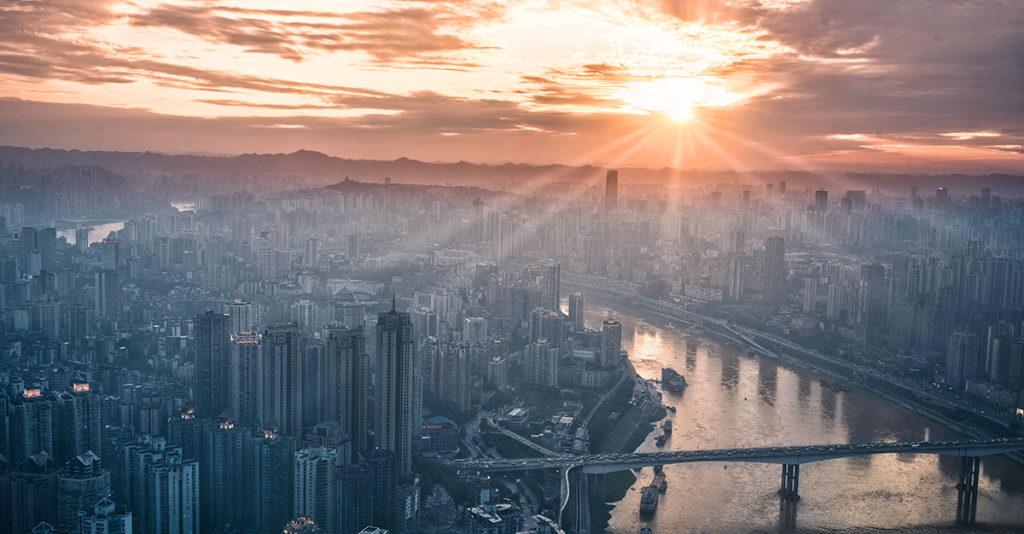
4. Locally, we’re seeing innovative renewable energy projects come online.
Such as the world-first solar and pumped hydro project in what was once a gold mining town, in Kidston, Queensland. And Broken Hill, the birthplace of BHP, is now home to a massive solar farm big enough to power the entire town. We know the power of renewable energy to transform industries of yesterday into the buzzing energy hubs of the future, and we’re witnessing this in action across Australia.
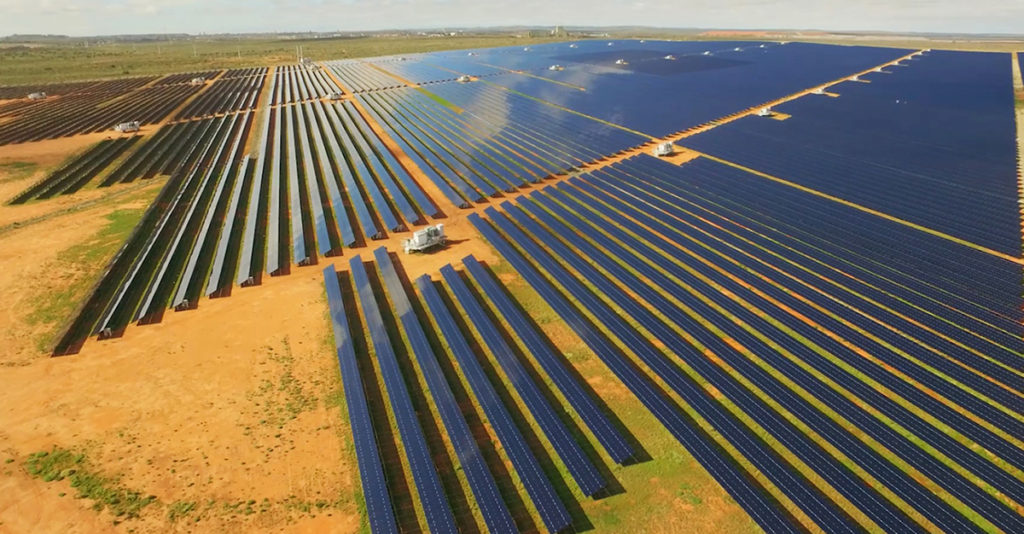
5. Household solar installations are skyrocketing.
Residents are installing solar panels on their roofs, increasingly backed by battery storage, to take control of their power prices. Over 1.8 million Australian households and businesses have now installed solar panels on their rooftops, with that number growing day by day.
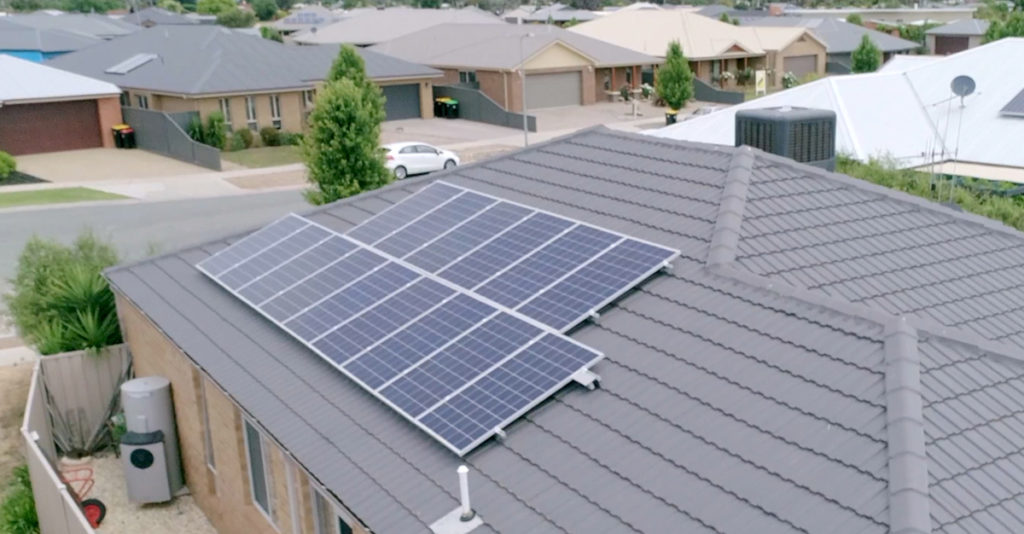
There are so many more reasons to be hopeful, and even more reasons to keep up the fight for meaningful action on climate change.
Optimism and perseverance will counter inaction.
Here at the Climate Council, we have created countless conversation guides on climate change, published evidence-based reports and put them in the hands of key decision-makers, crafted a successful climate program for local governments and kept climate change in the news.
And together with the backing of our supporters, we will continue pushing for action at all levels of government, compelling our leaders – no matter who they may be – to act.
(1) Renewables 2018 Global Status Report, REN21, Jun 18
(2) Tumbling Costs for Wind, Solar, Batteries Are Squeezing Fossil Fuels, BloombergNEF, 28 Mar 18
(3) RE100 Companies
Image credit: Tesla / Cities Power Partnership / Unsplash